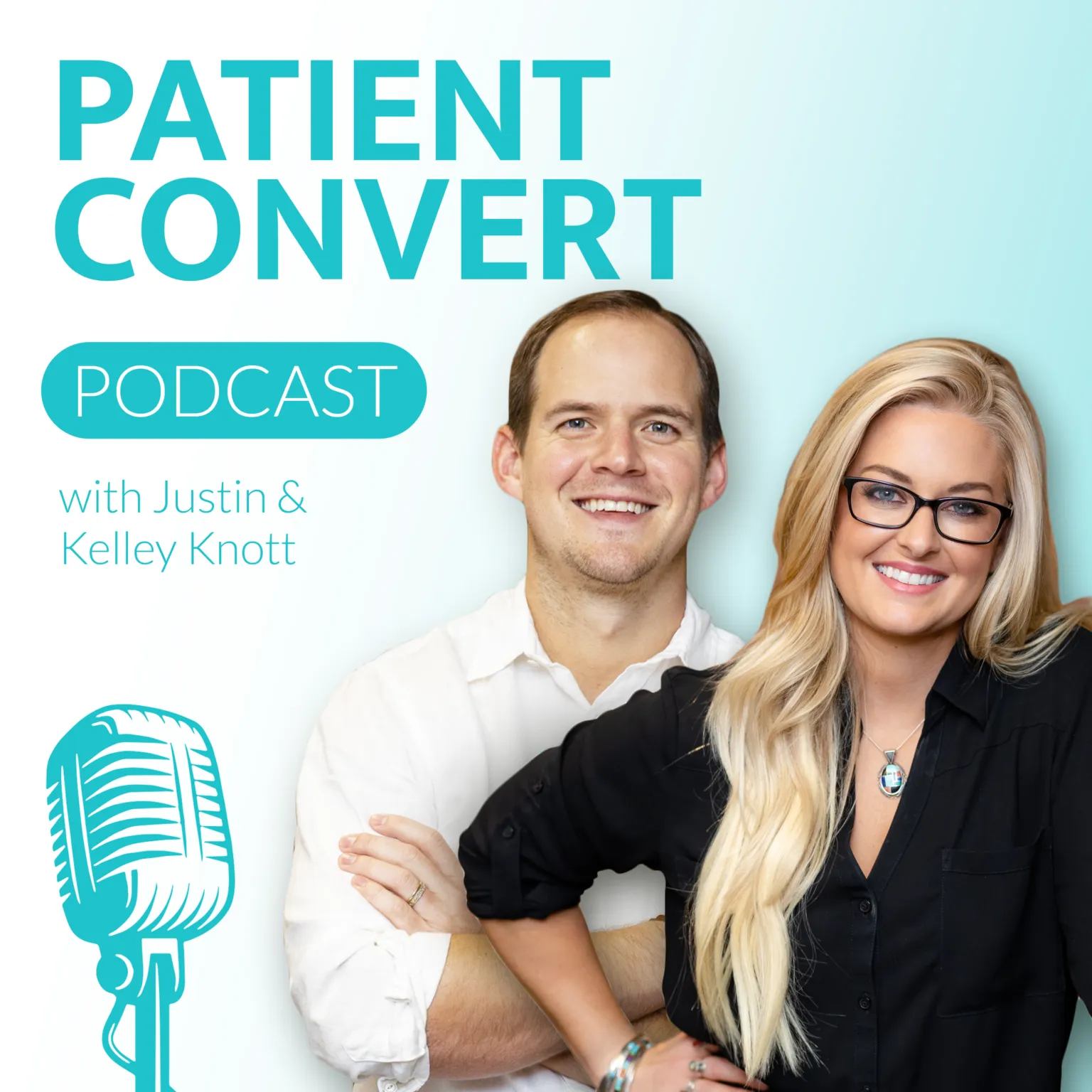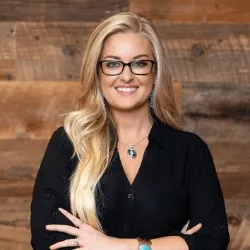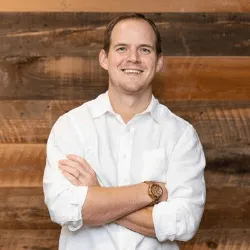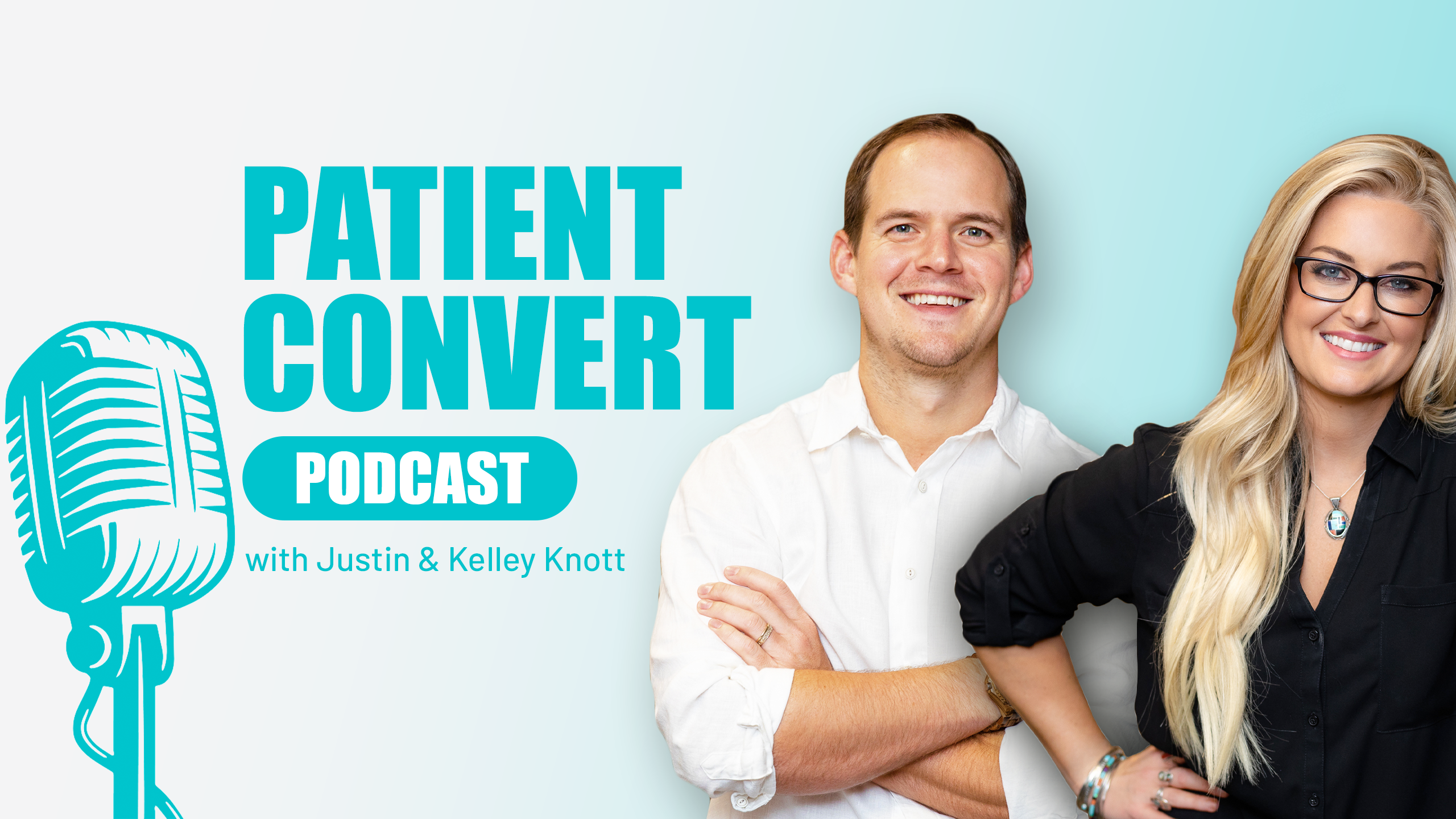Patient Convert Podcast: Healthcare Marketing Podcast

Podcast Reviews
Healthcare Marketing Pros
I’ve been following Kelley & Justin on social media for a long time and finally decided to tap into their podcast show. All I can say is… KNOWLEDGE BOMBS. These two are masters of their craft and love sharing their knowledge with the masses. Highly recommend. -Corey
Owner
Awesome podcast overflowing with information for growing your healthcare practice.
If you put even a 10th of these topics into practice you’d be well on your way to running a successful marketing effort.
Expert Healthcare Marketing Advice!
Hands down the best medical marketing advice you can get! True professionals who give real world advice to help you boost your healthcare marketing practice.
A must listen if you want to increase revenue for your medical practice!
Excellent Content
Virtually every episode that I listen to offers me an idea or unique perspective that I can apply to my practice. I started listening a couple of months ago and now always look forward to the next release.
Meet the hosts

Kelley Knott






